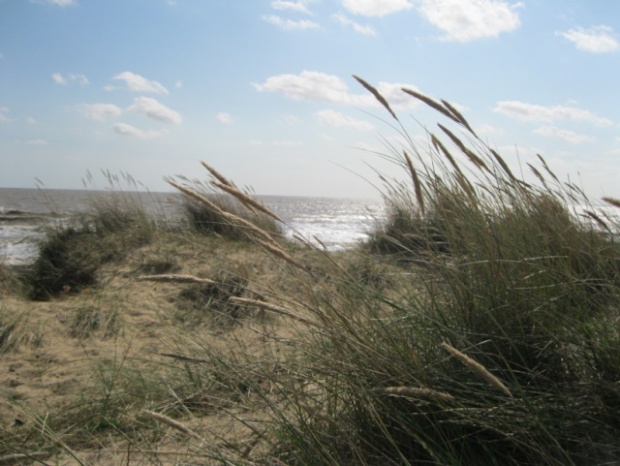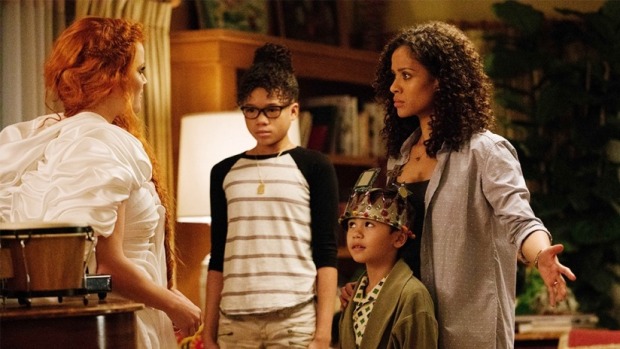 Unnatural Causes
Unnatural Causesby P.D. James
Series: Adam Dalgleish #3
Publication Date: May 20, 1967
Genre: mystery
Pages: 218
Project: a century of women
Superintendent Adam Dalgliesh had been looking forward to a quiet holiday at his aunt's cottage on Monksmere Head, one of the furthest-flung spots on the remote Suffolk coast. With nothing to do other than enjoy long wind-swept walks, tea in front of the crackling wood fire and hot buttered toast, Dalgliesh was relishing the thought of a well-earned break.
However, all hope of peace is soon shattered by murder. The mutilated body of a local crime writer, Maurice Seaton, floats ashore in a drifting dinghy to drag Adam Dalgliesh into a new and macabre investigation.
This is the third Adam Dalgleish book, and was a library check out for me. I decided to revisit P.D. James this year as part of my “Century of Women” project. Unnatural Causes is the third in the series, and was published in 1967.
This is my favorite book so far because it was so cleverly plotted. The victim is a mystery writer, and is found in circumstances that feel like something out of his next planned book. Well after his death, an envelope containing the typed opening of his next book is received, and it echoes the circumstances in which his body was found, and was obviously typed on the victim’s own typewriter.
Adam Dalgleish is is involved because he has gone to Suffolk to visit his aunt, a respected amateur ornithologist, lifelong spinster, and extremely self-contained woman. The victim was one of her neighbors, and her small circle of neighbors all have a motive to murder. Dalgleish is also trying to decide what to do about his romantic relationship, which has reached a critical juncture and he must decide if he is going to ask the woman to marry him or end the relationship all together. Aunt Jane lives in an isolated cottage on the Suffolk coast, so there is a lot of discussion about remote coastal landscapes that look something like this:

The way that the solution to the mystery is presented isn’t completely successful, in my opinion. The end of the book is basically a transcription of a long, somewhat rambling, recorded confession left behind by the murderer. This type of device has a tendency to drag on, and it does so here, but it’s a relatively small quibble. Otherwise, the book is extremely cleverly done, and the meta elements are a lot of fun.
 Picnic at Hanging Rock
Picnic at Hanging Rock
 A Wrinkle In time
A Wrinkle In time
 Bel Lamington
Bel Lamington Fletcher's End
Fletcher's End